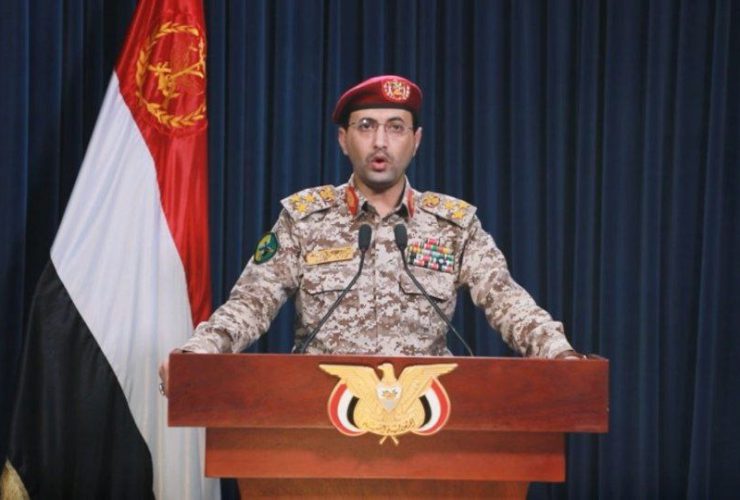The In Amenas Gas Facility Attack – An Analysis of the Modus Operandi
Introduction
On January 16, 2013 Salafi jihadist militants connected to Al-Qaeda staged a widespread attack on the Tigantourine gas facility near In Amenas, in the desert region of south-eastern Algeria. During the raid, the attackers took captive about 150 Algerians, and dozens of foreigners. Khalid Abu Abbas, aka Mukhtar Belmukhtar, leader of the organization called “Those who Sign with Blood”[1] – which is affiliated with the jihad organization Al-Mourabitoun, an organization active in the Sahara, and which has pledged allegiance to Al-Qaeda – claimed responsibility for the attack. He even announced that it was his intention to conduct negotiations for the release of hostages in exchange for an end to French military activity in northern Mali, and the release of Omar Abd al-Rahman, a radical Islamic preacher, and Afiyya Sidiqi, a Pakistani nuclear scientist. Both were prominent figures imprisoned in the United States, and both had connections to jihad militants. The terror attack lasted for three days, and culminated with the deaths of 23 hostages and 32 terrorists, including Algerians, Mauritanians, Malian, Egyptians, and other foreign nationals. Three terrorists were captured alive in an Algerian Army operation.
The terror attack earned worldwide news coverage due to the daring and success of the terrorists in penetrating the well-fortified compound, which held a position of both strategic and economic importance. Despite its ultimate failure, the terror attack earned the organization prestige, and lead to heightened concern for the personal safety of foreign employees in the gas and oil facilities throughout the Middle East. On the other hand, the Algerian regime lost face due to the inability of the Algerian intelligence authorities to discover the plans for the attack, and due to the military blunder of failing to conclude the crises in a swift fashion. In addition, if the oil wells had been ignited, the ramifications could have been even more destructive and the Algerian economy would have been severely harmed. That is because the aforementioned gas facility supplies approximately 15% of the total amount of gas exported out of Algeria.
Terror organizations attach great importance to their choice of targets. Choosing a target is based upon a combination of four factors: A) The economic factor – damaging critical infrastructure in the country, such as the gas facility in Algeria, with the goal of weakening the country’s economic power, and thereby destabilizing the country as a whole. B) The deterrence factor – attacking strategic targets and penetrating compounds that are well guarded by the country’s authorities is liable to create a state of anxiety among civilians and the country’s leaders, since their environment is no longer safe, and is susceptible to attack. Creating such awareness is liable to undermine the faith of the civilian populace in the presiding government, due to its inability to ensure public security. This also leads to political instability. C) The ideological factor: For the most part, selecting a target for attack is a direct manifestation of the terror organization’s ideology. Attacking the gas facility in Algeria conveyed a clear message that the organization was not prepared to accept theft by Westerners of natural resources in Muslim territory. Nor was it willing to accept any cooperation between the Algerian government and the West. D) The competition factor – The audacity of attacking such an important strategic site within a country, and the accompanying media reverberations, serve to boost the organization’s reputation opposite other terror groups, and transforms it into a magnet for terrorists.
With the goal of implanting this attack in the public conscience, the Al-Mourabitoun organization published a forty-page document entitled “Tigantourine: A War against French Agents in Algeria”.[2] The document provides a rare glimpse at the thought processes behind the planning of the attack, and includes an extensive description of the modus operandi, oversights and mistakes that occurred during the attack, and lessons learned about how to prevent such mistakes in future operations carried out by Salafi jihad and other organizations. Mukhtar Belmukhtar, leader of the organization called “Those who Sign with Blood”, wrote the document’s introduction.
[1] Established on the eve of France’s invasion of northern Mali in 2013.
[2] The document was first published in the Mauritanian news agency “Al Alakhbar”: https://www.alakhbar.info/media/files/%D8%AF%D8%B1%D8%A7%D8%B3%D8%A9%20%D8%AA%D9%88%D8%AB%D9%8A%D9%82%D9%8A%D8%A9%201.pdf. The document only reached jihad forums in April 2015.






